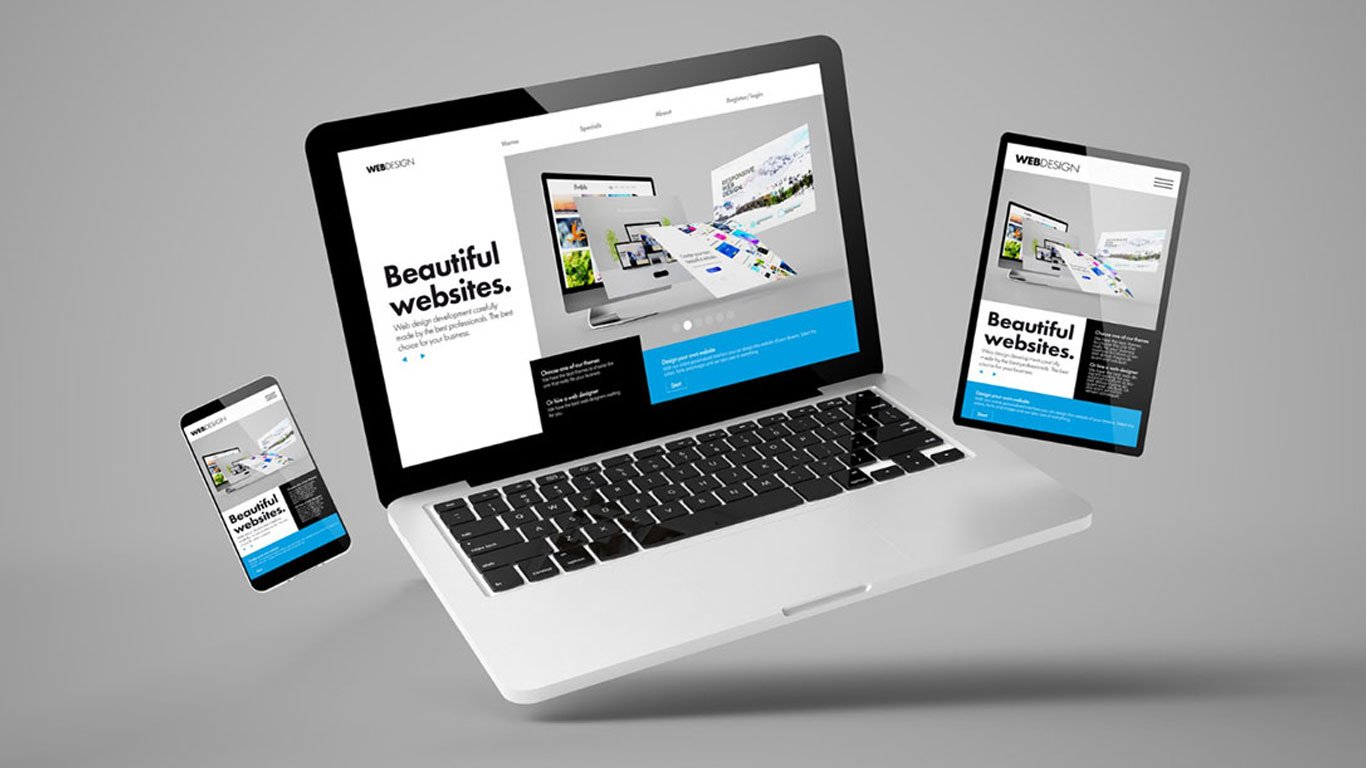Edit Content

Digital Marketing Agency
- 23 Harrisway , Markham , ON L3T 5A6
- info@raadwindeal.com , sales@raadwindeal.com
- (647) 612-1367


More than 90% of first impressions are based on web design, so analyzing different types of web design will be quite helpful to you. You need to make sure your business has a well-designed website. But when you first start designing websites, you might not know what to do with them. Continue reading to learn about the 6 different types of web design, as well as the benefits and drawbacks of each:
A static page layout is a sort of website design that is among the most basic types. With this layout, you can design a website with pre-set page dimensions, meaning that the width of the page will not change. No matter the browser or the kind of device, these sizing parameters are always adhered to by static layouts.
Due to their inability to adapt to various devices, these websites don’t provide a pleasant user experience on smartphones or tablets. Static layouts are still an option, but unless you’re developing a separate mobile version of your site, you usually don’t want to use them.
Benefits of static page layout:
Drawbacks of a static page layout:
You will notice that a dynamic website layout is an option when you are looking at a list of the many types of web design that are available. People who do not have a significant amount of experience with HTML might benefit greatly from using dynamic website layouts.
A dynamic website, as opposed to a static website, allows you to create a database of information and features. When a user requests a page, the web coding automatically assembles the components from your database to form the webpage.

Benefits of dynamic website layout:
Drawbacks of dynamic website layout:
Liquid design layouts are the next types of web design on our list. This layout, also known as fluid design, employs flexible units as opposed to the fixed units used by static layouts. Because the units are adaptable, the page will always fit the width of the device’s screen, regardless of the device.
Because the user experience is so important to the success of a website in terms of both increasing traffic and keeping users engaged, businesses have begun to move away from using liquid layouts as a viable option.
Even if you can still apply this layout, there is a possibility that you will provide a terrible user experience your website will either stretch too far or squeeze too much information onto the page.

Benefits of a liquid design layout:
Drawbacks of a liquid design layout:
The adaptive website layout is one type of web design format that you might apply to your site. This website, as the name suggests, makes use of CSS queries to modify the size of the page in accordance with the size of the browser. Adaptive websites will automatically change their layout to provide users with the most positive possible experience while using the website.

Benefits of adaptive website layout:
Drawbacks of adaptive website layout:
The responsive design layout is in the next types of website layout that we will discuss here. Because it enables your website to be seen on any device and completely fills the available space in the browser, this layout format is the most used option. Responsive design is created with a mobile-first approach.
You start by developing the website’s mobile style, and then you work on expanding it to accommodate larger browser sizes. Therefore, rather than attempting to trim down the content of your website and make it smaller, you start small and make it bigger.

Benefits of responsive design:
Drawbacks of the responsive design:
A single-page layout will be the final types of web design we discuss in this article.Single-page layouts, as the name indicates, employ just one page that users scroll down to obtain information about your products or services. You can have a “navigation menu” with links to specific points on your website using this design layout.

Benefits of single-page layout:
Drawbacks of a single-page layout:
You are now aware of the various types of web design. We can’t tell you which type of layout is best for your project. It really depends on what you’re trying to accomplish with your website. We hope that this article gives you some insight into the differences between the six types of layouts and it helps give you some direction as you start planning your next web design project.